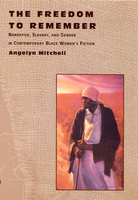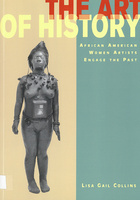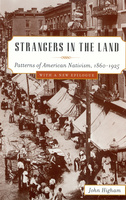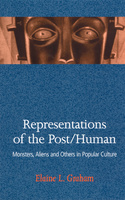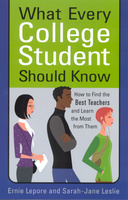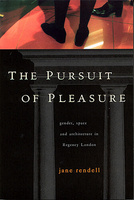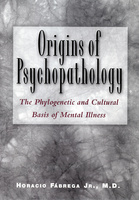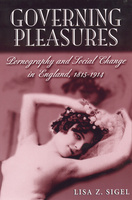The Freedom to Remember
Narrative, Slavery, and Gender in Contemporary Black Women's Fiction
The Art of History
African American Women Artists Engage the Past
Strangers in the Land
Patterns of American Nativism, 1860-1925
Representations of the Post/Human
Monsters, Aliens, and Others in Popular Culture
Montclair Art Museum
Selected Works
The Montclair Art Museum — heralded by Art and Antiques as “ . . . a model of the best that America’s regional museums have to offer today” — has been a significant visual arts center for more than eighty-five years. Established in 1914 as the Garden State’s first public art museum with the vision and generosity of community leaders and pioneering collectors of American and native American Art, the Museum’s holdings have become an important cultural repository both for New Jersey and the nation. Many devotees of American art have enjoyed the Museum’s individual works at different exhibits around the country. This volume combines Native and other American art within a range of artistic media in provocative and insightful ways, and its commentaries reflect the careful scholarship and commitment to public education for which the Museum is well known.
What Every College Student Should Know
How to Find the Best Teachers and Learn the Most from Them
Students do months of research before choosing just the right college, but once theyre on campus, how many of them actually research the professors who are teaching their classes? To optimize your college education you need to find your schools best teachers but how? What Every College Student Should Know is a guide to discovering the best teachers at your school and learning everything you can from them. Here, the unique writing combination of a professor and a student provides you with perspectives from both sides of the equation.
The Pursuit of Pleasure
Gender, Space and Architecture in Regency London
Until recently, architectural historians have focused their attention on buildings financed by wealthy patrons and designed by prestigious architects. Historical analysis has centered on the politics of this architecture and how social class has contributed to the design. Feminist historians have explored the role of women architects, and they have examined how gender difference informs architectural design.
Developing these areas of research, Jane Rendell discusses how gender theory can inform the study of architecture in early nineteenth-century London. She considers the gendering of public space as a complex and shifting series of moves between men and women, constructed and represented through spatial and social relations of consumption, display, and exchange. Drawing on geography, philosophy, and cultural theory, she investigates a number of specific architectural spaces—places of upper-class leisure and consumption in the West End: streets, clubs, assembly rooms, opera houses, and theaters.
In discussing public urban sites and the social exchanges that take place there, Rendell also examines the types of individuals displayed in—or excluded by—these spaces, such as the rambler and the cyprian, precursors to the Parisian flâneur and prostitute. Illustrated with contemporary prints and drawings, The Pursuit of Pleasure is a rich analysis of public space at the birth of the modern metropolis.

